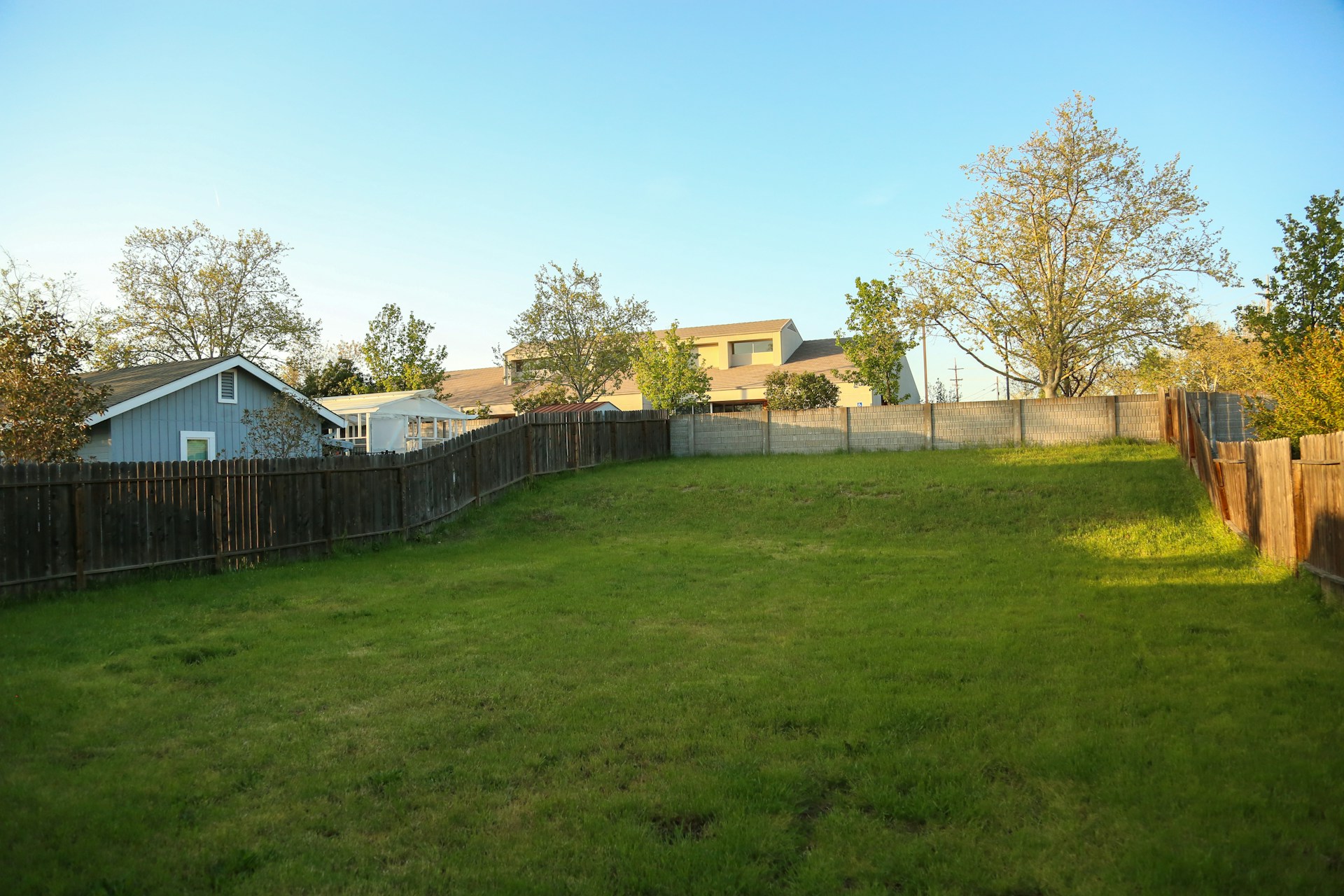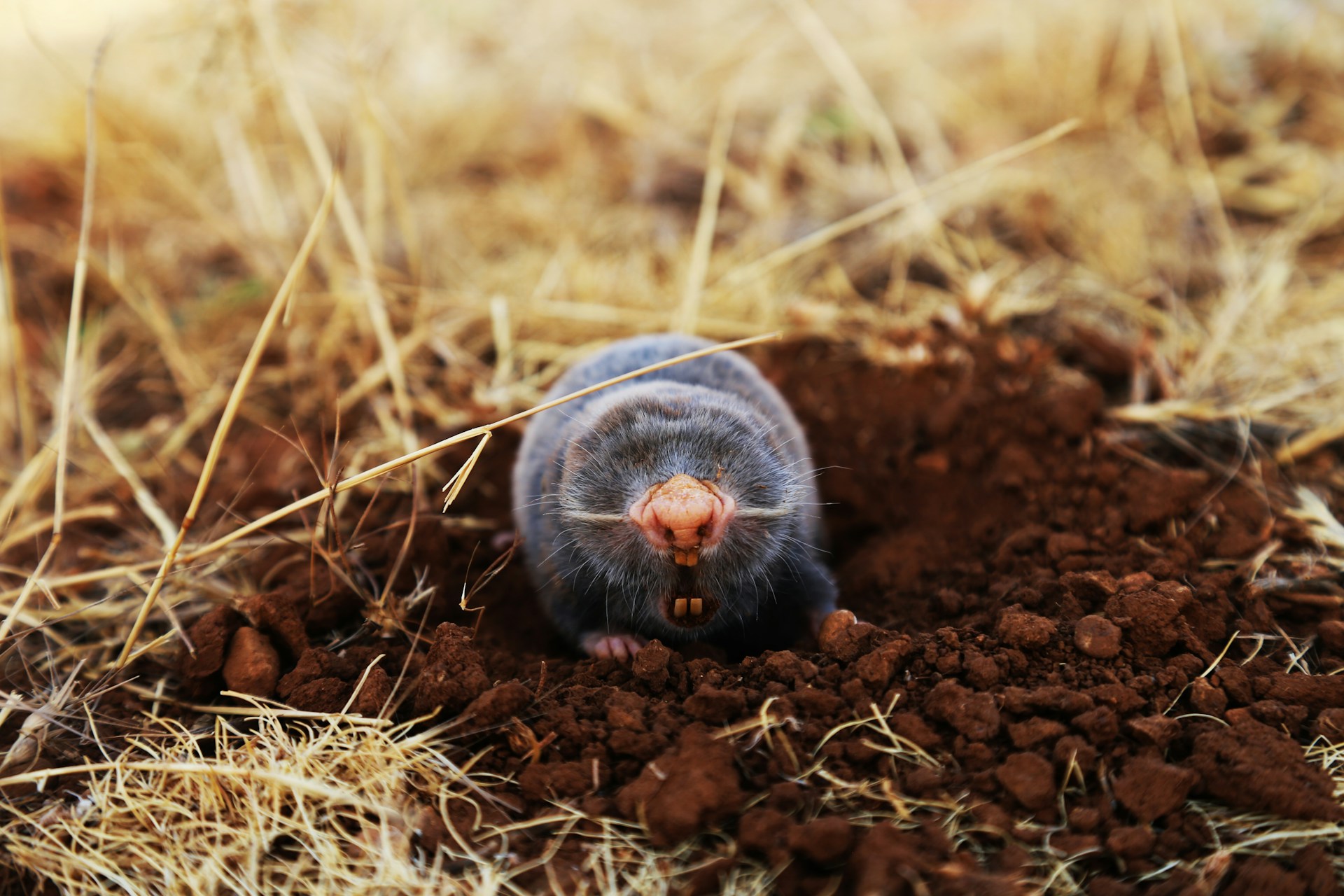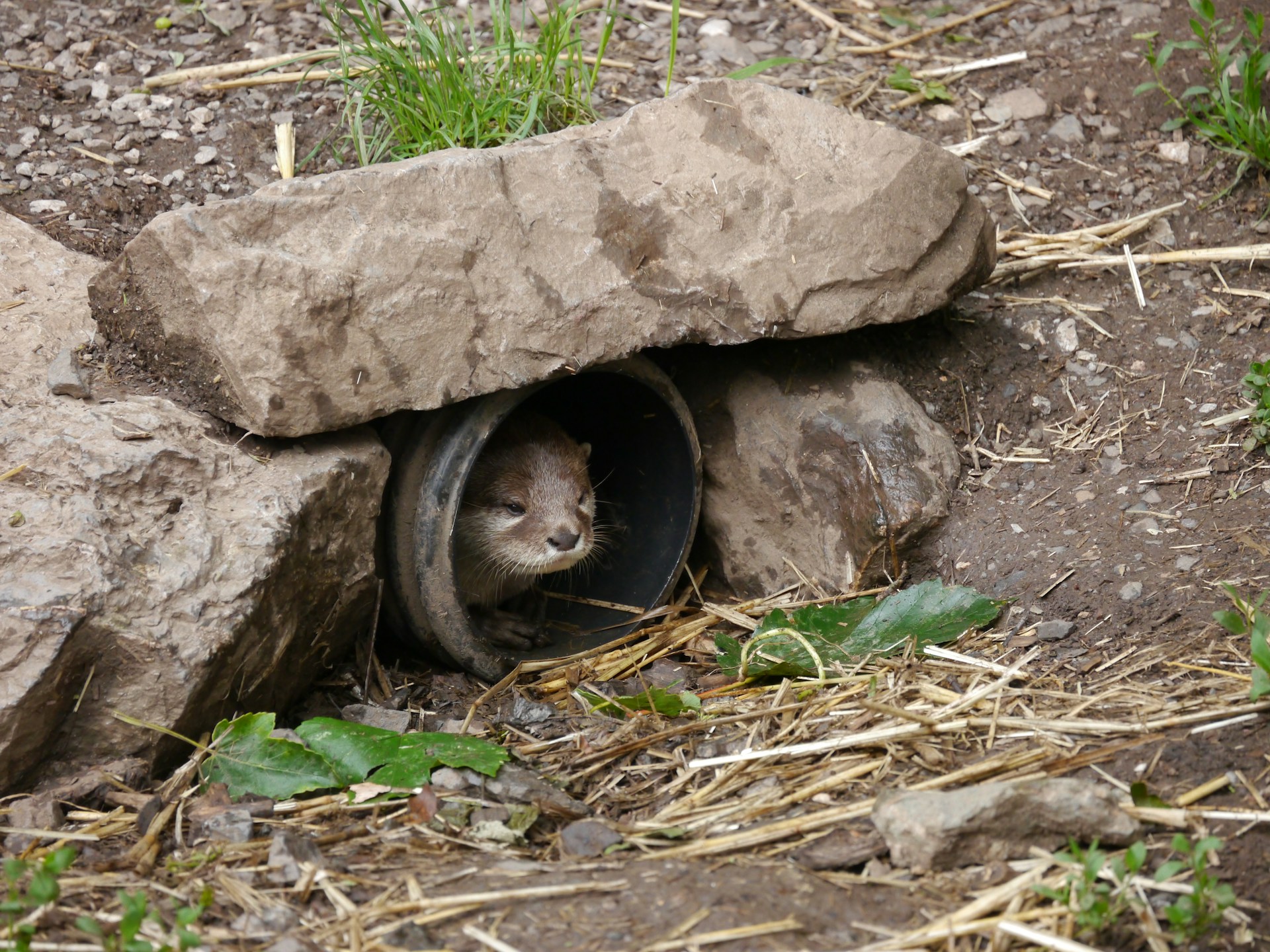Moles might be small, but these underground dwellers can create a big problem for homeowners. Imagine waking up to find a series of unsightly soil mounds and ridges crisscrossing your perfectly manicured lawn. It’s not only frustrating but can also lead to long-term issues for your garden’s health. Understanding the behavior and habits of these little creatures is the first step to tackling problems they pose effectively. By learning about their lifestyles and preferences, you can take more informed actions when dealing with their presence.
One of the keys to successful mole control comes from knowing why they dig those intricate tunnel systems under your feet. Their behavior is shaped by their need for food and shelter, and once you grasp what drives them, you can better plan for their removal. Let’s take a closer look at the behavior and habits of ground moles and how this knowledge plays a vital role in keeping them at bay.
Mole Characteristics and Lifestyle
When it comes to appearance, moles have some unique features that help them thrive underground. They possess velvety fur and powerful, shovel-like front paws designed for digging. Their eyes and ears are small, highlighting the fact that their lives are mostly lived away from the world’s light and noise. What moles lack in vision, they make up for with a keen sense of touch and an excellent ability to sniff out food like earthworms and insects.
Living underground means moles have developed a network of tunnels, which serve as highways for feeding and breeding. These can be quite extensive, covering a big chunk of a yard if left unchecked. These tunnel systems consist of deeper tunnels for long-term residence and shallow ones where moles hunt for food. The latter are often the ones responsible for those annoying ridges and mounds on your lawn. Understanding how these tunnels work can give you insights into where moles might show up next and how to effectively plan for their removal.
While you might find moles destructive, they do play an important role in your garden’s ecosystem. Their digging aerates the soil, which can improve soil health in some cases. However, when their digging turns your lawn into a lumpy mess, it’s clear that addressing their presence becomes necessary.
Seasonal Activity Patterns
Mole activity isn’t consistent throughout the year; it changes with the seasons. In cooler months, when the ground is harder, moles tend to dig deeper where the soil is softer and warmer. This means they might not be as noticeable until spring and summer when they come closer to the surface. Warmer weather sees an increase in their activity because their food sources, mostly insects, become more abundant.
The time of year can heavily influence when you’ll see those dreaded molehills. To effectively control moles, timing your efforts with their busy seasons can be more practical. For instance, during spring and early summer, setting up traps could prove more successful due to increased surface activity. Recognizing these patterns is like learning the rhythm of your garden, allowing you to anticipate and tackle mole issues before they lead to extensive damage.
Impact of Mole Tunneling on Lawns
Mole tunneling can quickly become a major problem for homeowners trying to maintain a beautiful lawn. The presence of molehills and ridges are the first signs you might notice. These unsightly lumps are a result of the elaborate underground networks that moles create while searching for food. They not only disrupt the smooth surface of your lawn but also affect its health. As they dig, moles can uproot grass and plants, leaving you with a patchy landscape.
The damage extends beyond just the cosmetic appearance. Mole tunnels can disturb the root systems of your grass and plants, causing them to struggle or even die. This unintentional damage can lead to weakened plant structures, leaving them more vulnerable to diseases and pests. In some cases, heavy tunneling can also affect the stability of garden structures, like flower beds or smaller trees.
But how do you tell if moles are the cause of your lawn troubles? Look for these indicators:
- Raised ridges that feel squishy underfoot.
- Soil mounds appearing unexpectedly throughout the yard.
- Dead patches of grass that seem to appear out of nowhere.
Understanding these signs can help you decide when it’s time to take action and seek professional help.
Benefits of Professional Mole Control
Addressing a mole problem effectively often means turning to those who specialize in it. Professional mole control offers several advantages that make it a smart choice for homeowners. One significant benefit is the use of expert knowledge and techniques designed to effectively manage mole populations. Professionals have access to tools and strategies that are not only more effective but also more humane than many DIY methods.
The expertise offered by professionals ensures that the problem is tackled at its source. Rather than temporarily addressing the symptoms, they target the network of tunnels, which is often the root cause. Moreover, hiring experts means you have ongoing support. This can be particularly important in areas prone to repeat mole invasions. By choosing professional services, you’re not just solving the current problem but also securing your lawn’s future.
Professional guidance helps in accurately identifying and understanding the extent of mole activity, enabling a specific approach to control. It’s about getting to the right solution without the trial and error, saving you time and stress.
Preserving Your Lawn’s Health
Dealing with moles can feel overwhelming, but it doesn’t have to be an ongoing battle. Understanding the behavior and habits of these creatures can significantly contribute to the successful management of their activity. It’s not just about preserving the aesthetic beauty of your lawn but ensuring that it remains a healthy and vibrant space.
Hiring professionals can be seen as an investment in your property’s overall condition. With the right approach, you can keep your garden free from unsightly mole damage and allow your plants to thrive without interference. The peace of mind that comes with a professionally managed lawn can’t be overstated, ensuring you have a green space to enjoy all year round.
Struggling with moles damaging your lawn? Let Trap Your Moles help with professional removal of ground moles. Our expert services are designed to keep your yard looking its best while protecting your landscape from future damage. Take the next step toward a healthier, mole-free lawn today.





